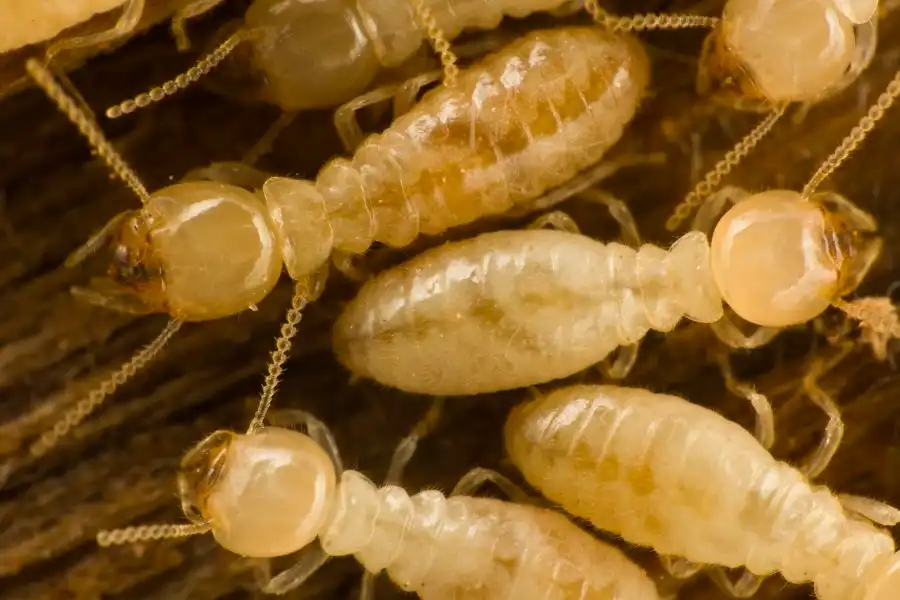Regardless of the species and the caste, termites follow a similar life cycle to one another. They go from an egg to a young termite nymph or larva, and then become either a worker, soldier, drone, or queen. The main stages of a termite life cycle include:

A termite’s life cycle begins after reproductive males and females – also called alates or swarmers – come together to form new colonies. After mating, the reproductive termites will shed their wings and excavate a small chamber underground. There, the queen will lay eggs – up to 30,000 in a single day. After hatching, the larvae and nymph termites grow and molt. They usually molt three times before being assigned to a caste.
Most people notice termites during a swarm, where the winged reproductives mate. If you come across winged termites on your property, it’s important to contact a licensed termite exterminator quickly. The last thing you want is a new colony claiming your home as its own.
A termite’s life span largely depends on its caste. Some die fairly quickly, while others can live for twenty years or more. Here’s how long the different castes usually live:
Scientists are still uncertain of what exactly causes a termite to be designated into a certain caste. Most research suggests that designations depend on social or environmental cues and the overall needs of the colony. Termites may also be able to switch castes depending on what the colony needs to survive or grow.

Phoenix Metro & Northern Arizona
P: (480) 389-2440
F: (480) 892-0515
[email protected]

© 2023 SOS Exterminating – Termite & Pest Management in Phoenix, Gilbert AZ ®. All Right Reserved.